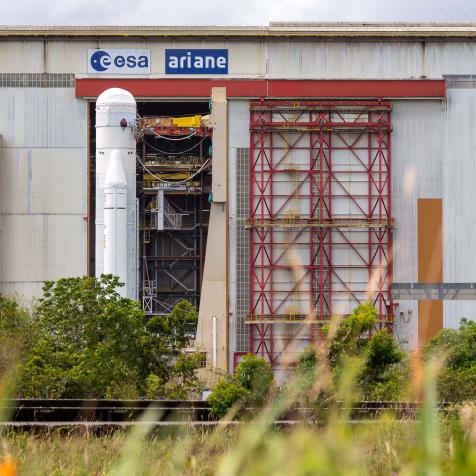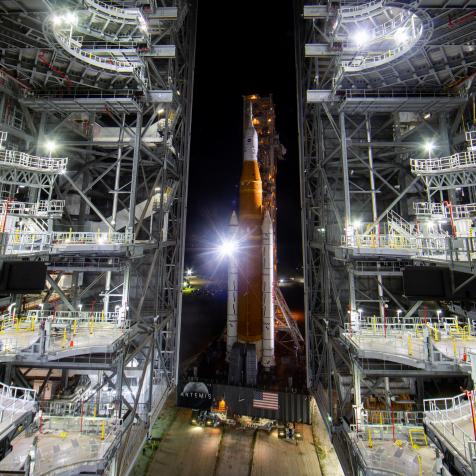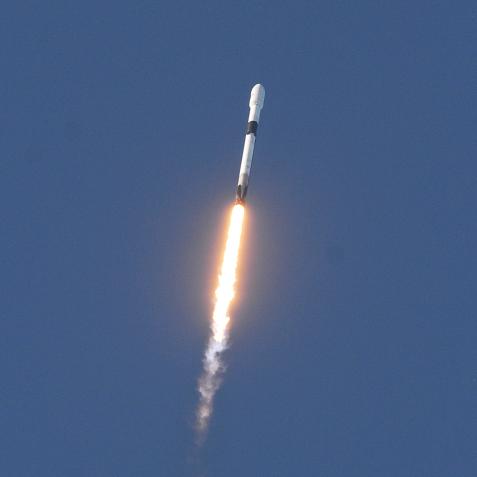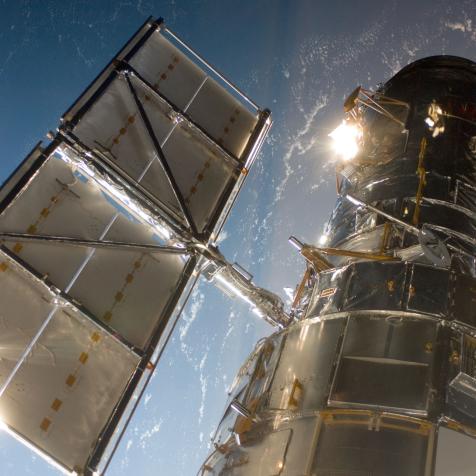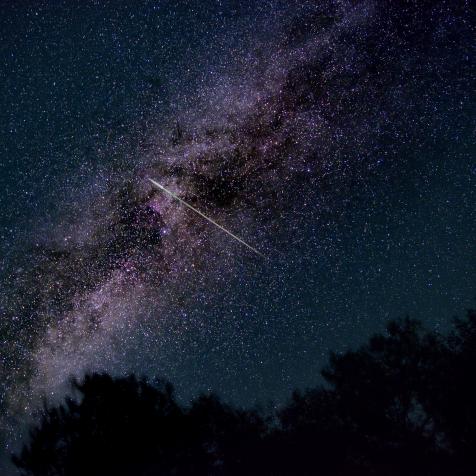
Inspiration4/SpaceX/Twitter
Inspiration4: Successful Liftoff and Splashdown for the First Civilian Mission to Space
SpaceX launched four private citizens to space on Wednesday, September 15, at 8:02PM ET. Following their three-day trip around the Earth, the SpaceX Crew Dragon capsule successfully splashed down off the coast of Florida Saturday evening. There were no professional astronauts aboard the Crew Dragon spacecraft. Let’s learn more about Inspiration4's journey.
Updated Monday, September 20.
The launch was a success Wednesday night as four private citizens launched into space aboard a Crew Dragon spacecraft atop a Falcon 9 rocket from NASA’s Kennedy Space Center in Florida.
Civilians Jared Isaacman, Hayley Arceneaux, Sian Proctor, and Chris Sembroski traveled around the Earth in space for three days before their scheduled splash-down back on Earth. They did not dock at the International Space Station, but will instead continuously experienced unbelievable views of home.
View from Dragon’s cupola pic.twitter.com/Z2qwKZR2lK
— SpaceX (@SpaceX) September 16, 2021
Billionaire Jared Isaacmen was named mission commander. He is also the one that purchased the flight with the intent to raise money and spread awareness for childhood cancer research. Hayley Arceneaux, a cancer survivor and once a patient of St. Jude Hospital, is a physician’s assistant at St. Jude Children’s Research Hospital. She has been selected as the flight’s medical officer. Hayley will be the first person in history to fly in space with a prosthesis as she has a metal rod in her leg. Sian Proctor is the mission’s pilot. She is a geosciences professor at a community college in Arizona. The mission specialist is Chris Sembroski. Chris is an Air Force veteran who works for Lockheed Martin, a global security and aerospace company.
The Inspiration4 mission came to fruition as a $200 million fundraising effort for St. Jude’s Children Hospital. Jared Isaacman sponsored the challenge as he donated $100 million directly to St. Jude as well as purchased an additional two seats on the Dragon spacecraft. One seat was awarded to a sweepstakes winner who raised $13 million towards cancer research and the other was won through a contest. St. Jude’s selected a frontline worker for the last spot.
There were some science experiments aboard the Crew Dragon as the crew is poised to perform a variety of medical and data collection tasks to continue paving the way for human spaceflight. Besides bringing materials for their research, they will be traveling with items to later be auctioned off in benefit of St Jude’s Children Hospital.
You can re-watch the launch here.
On Saturday, September 18, the four members of the Inspiration4 mission returned safely to Earth in a successful splashdown off the Florida coast. All have reunited with their families and are doing well. Congrats to Jared, Hayley, Sian, and Chris on their orbital journey.



































































